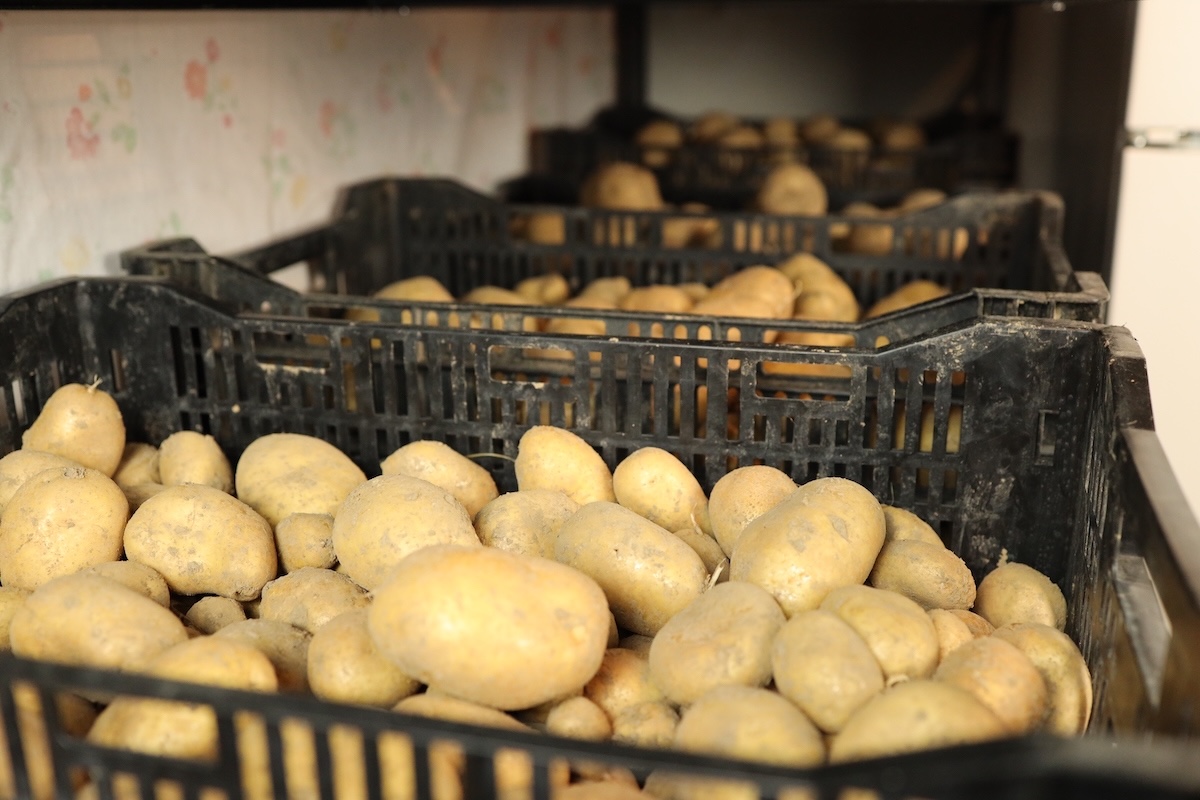

Articles
How To Store Potatoes
Modified: January 5, 2024
Learn effective storage methods for potatoes in this informative article. Follow these tips to keep your potatoes fresh and prevent spoilage.
(Many of the links in this article redirect to a specific reviewed product. Your purchase of these products through affiliate links helps to generate commission for Storables.com, at no extra cost. Learn more)
Introduction
Storing potatoes properly is essential to ensure their longevity and maintain their quality. Whether you have a surplus of fresh potatoes from your garden or you simply want to stock up during a good harvest season, understanding the best methods for potato storage can make a significant difference in their freshness and taste.
When stored correctly, potatoes can last for several months, allowing you to enjoy this versatile and nutritious vegetable throughout the year. In this article, we will discuss the various factors to consider when storing potatoes, including choosing the right potatoes, preparing them for storage, and implementing the ideal storage conditions to keep them fresh.
So, if you’re ready to learn how to properly store potatoes and make the most of your harvest, let’s dive in!
Key Takeaways:
- Choose mature, thick-skinned potatoes like Russets or Yukon Gold for long-term storage. Avoid washing before curing and store in a cool, dark place with good air circulation to prevent spoilage.
- To store potatoes long-term, consider cold storage, sand/sawdust storage, canning, or freezing. Regularly check for spoilage and remove any affected potatoes promptly to maintain freshness.
Read more: How To Store Potato Salad
Choosing the Right Potatoes
When it comes to storing potatoes, selecting the right type of potato plays a crucial role in their longevity. Not all potatoes are suitable for long-term storage, so it is important to choose varieties that have a longer shelf life and are less prone to sprouting or spoiling quickly.
Here are some tips for choosing the right potatoes for storage:
- Choose mature potatoes: Opt for mature potatoes that have reached their full size and have a thick skin. Young or immature potatoes are more prone to spoilage and won’t store as well.
- Select the right variety: Some potato varieties have a longer shelf life than others. Look for varieties such as Russets, Yukon Gold, or Katahdin, which are known for their excellent storage capabilities.
- Avoid damaged or bruised potatoes: Damaged or bruised potatoes are more susceptible to rot and should not be stored for long periods. Use them first or set them aside for immediate consumption.
- Consider your intended use: Different potato varieties excel in specific culinary applications. If you plan to store potatoes for specific uses like baking, frying, or mashing, choose varieties that are known for their desired texture and taste.
By carefully selecting the right potatoes for storage, you can set a solid foundation for successful long-term storage and enjoy fresh and flavorful potatoes throughout the year.
Preparing Potatoes for Storage
Before storing potatoes, it is crucial to properly prepare them to maximize their shelf life and prevent spoilage. The following steps will help you prepare potatoes for storage:
- Clean the potatoes: Start by gently brushing off any excess dirt or debris from the potatoes’ skin. Avoid washing them before storage as excess moisture can lead to rotting.
- Cure the potatoes: Curing is the process of allowing the potatoes to develop a thickened skin, which improves their storage potential. Place the cleaned potatoes in a cool, well-ventilated area with a temperature of around 50-60°F (10-15°C) and a humidity level of 80-90% for about two weeks. This will help toughen the skin and heal any minor cuts or bruises.
- Sort and remove damaged potatoes: Inspect each potato carefully and remove any damaged or diseased ones. Damaged potatoes can quickly spread decay to the rest of the batch. It’s essential to remove them to prevent spoilage.
- Avoid exposure to sunlight: Potatoes should be stored in a dark place to prevent them from turning green and developing a bitter taste. Exposure to light causes potatoes to produce chlorophyll, which results in the green color. Store potatoes in a cool, dark location or cover them with a thick fabric or paper bag to keep them away from direct light.
By following these simple steps, you can ensure that your potatoes are properly prepared for storage, allowing them to stay fresh and flavorful for an extended period.
Storing Potatoes in a Cool and Dark Place
The ideal storage conditions for potatoes involve keeping them in a cool and dark place. Potatoes are sensitive to light, heat, and humidity, so it is essential to provide the right environment to prolong their shelf life. Here are some guidelines for storing potatoes:
- Temperature: Potatoes should be stored in a cool location with a temperature range between 45-55°F (7-13°C). Avoid storing them in areas that are too warm or fluctuate in temperature, such as near ovens, direct sunlight, or heating vents.
- Darkness: As mentioned earlier, potatoes should be kept away from light to prevent them from turning green. Exposure to light stimulates the production of solanine, a natural toxin that can make potatoes bitter and potentially harmful if consumed in large quantities. Store potatoes in a dark pantry, cellar, or a closet where light is minimal.
- Air circulation: Potatoes require good air circulation to prevent the buildup of moisture, which can result in spoilage. Avoid storing them in plastic bags, sealed containers, or airtight containers that trap moisture. Instead, use open mesh bags, baskets, or crates to promote ventilation around the potatoes.
- Humidity: While potatoes like a cool and dry environment, they also need some humidity to prevent them from drying out. Aim for a humidity level of around 85-90% to keep the potatoes from shriveling. You can achieve this by placing a damp cloth or towel near the potatoes or storing them in a root cellar with naturally higher humidity levels.
By adhering to these storage guidelines, you can provide the optimal conditions for potatoes, extending their shelf life and preserving their quality and flavor for an extended period.
Store potatoes in a cool, dark place with good ventilation, such as a pantry or cellar. Avoid storing them near onions, as they can cause each other to spoil faster. Check for any sprouting or soft spots regularly and remove any bad potatoes to prevent them from spoiling the rest.
Avoiding Moisture and Humidity
Moisture and humidity are two common enemies of potato storage. Excessive moisture can lead to rotting, while high humidity levels can cause potatoes to sprout prematurely. To ensure the longevity of your stored potatoes, it is essential to take preventative measures to avoid moisture and humidity. Here are some tips:
- Avoid washing before storage: As mentioned earlier, it is best to avoid washing potatoes before storage. Washing can introduce moisture, making them more prone to rot. Instead, gently brush off any dirt or debris from the skin before storing.
- Store dry potatoes: Before storing, ensure that the potatoes are completely dry. Any moisture present on the surface can promote mold growth or rot. Allow the potatoes to air dry for a few hours after cleaning before placing them in storage.
- Do not store potatoes near moist or humid areas: Keep potatoes away from areas with high humidity levels, such as basements, laundry rooms, or areas prone to moisture buildup. High humidity can lead to mold growth and sprouting.
- Regularly check for condensation: Condensation is a sign of excess moisture and can quickly lead to spoiling. Regularly inspect the storage area for any signs of condensation on the walls, floor, or containers. If you observe condensation, take measures to reduce humidity levels, such as improving ventilation or using a dehumidifier.
- Inspect and remove any spoiled potatoes: Even with the best storage conditions, some potatoes may still spoil. Regularly check your stored potatoes for any signs of decay, mold, or softness. Remove any spoiled potatoes immediately to prevent the spread of rot to the rest of the batch.
By being proactive in avoiding moisture and humidity, you can significantly increase the chances of keeping your stored potatoes fresh and free from spoilage for an extended period.
Read more: How To Store Shredded Potatoes
Checking Potatoes for Spoilage
Regularly inspecting your stored potatoes is essential to identify any signs of spoilage or decay. This practice allows you to address any issues promptly and prevent the spread of rot to the rest of your potato supply. Here are some key indicators to look for when checking for potato spoilage:
- Softness or sponginess: Gently squeeze each potato to check for any soft spots or sponginess. Potatoes should feel firm and solid. If you come across any soft or mushy areas, it is a sign of decay, and the potato should be removed and discarded.
- Discoloration or mold: Examine the skin of each potato for any unusual discoloration, such as dark spots, patches of green, or mold growth. These are indications of spoilage and should prompt the immediate removal of the affected potato.
- Sprouting: Sprouting is a natural process that occurs over time as potatoes age. However, excessive sprouting can affect the quality and taste of the potato. If sprouts are long and numerous, it is an indication that the potatoes are beginning to decline in freshness. Consider using sprouting potatoes sooner rather than later.
- Foul odor: Potatoes should have a mild, earthy scent. If you detect any foul or unpleasant odors when handling your stored potatoes, it likely suggests that they are spoiling. Remove the affected potatoes to prevent the spread of the odor.
- Texture: When cut or cooked, potatoes should have a consistent texture throughout. If you notice any mushiness, excessive dryness, or an unusual texture, it could be a sign of spoilage.
Regularly checking and promptly addressing any signs of spoilage will help you maintain the quality of your stored potatoes and avoid consuming potentially harmful or unpleasant-tasting potatoes.
Ways to Store Potatoes for Long-Term Use
If you have a surplus of potatoes or want to store them for long-term use, several methods can help prolong their shelf life. These techniques allow you to enjoy fresh potatoes throughout the year, even after the harvest season has ended. Here are some popular ways to store potatoes for the long term:
- Cold storage: The traditional method of storing potatoes for long periods is in a root cellar or cool basement. These areas provide the ideal temperature and humidity conditions necessary for prolonging their freshness. Make sure the storage area maintains a temperature between 35-40°F (2-4°C) with humidity levels around 90%. Place the potatoes in open crates or burlap sacks, allowing for proper air circulation.
- Sand or sawdust storage: Another effective method involves layering potatoes in a container filled with dry sand or sawdust. This technique helps maintain a consistent temperature and humidity while preventing direct contact between the potatoes. Alternate layers of potatoes and sand/sawdust, making sure each potato is adequately covered. Store the container in a cool, dark place.
- Canning: Canning potatoes is an excellent way to preserve their freshness for an extended period. To can potatoes, peel and chop them into desired sizes. Place the potatoes in sterilized canning jars and cover them with boiling water, leaving some headspace. Process the jars in a pressure canner according to the recommended time and pressure. Canned potatoes can last up to a year or longer when stored in a cool, dark pantry.
- Freezing: Freezing is a convenient method for storing potatoes if you have limited space. Blanch the potatoes by briefly immersing them in boiling water, then immediately transfer them to ice water. Pat them dry and spread them in a single layer on a baking sheet. Freeze the potatoes until firm, then transfer them to freezer-safe bags or containers. Frozen potatoes can last up to a year, but it’s important to note that freezing can change the texture of potatoes, making them best suited for soups, stews, or mashed potato dishes.
Each of these methods has its benefits and considerations. Choose the one that best suits your storage space, needs, and available resources to ensure your potatoes remain fresh and usable throughout the long term.
Conclusion
Properly storing potatoes is essential for preserving their quality, flavor, and nutritional value. By following the guidelines outlined in this article, you can ensure that your potatoes remain fresh and usable for an extended period.
Remember to choose the right potatoes for storage, opting for mature varieties with a longer shelf life. Prepare the potatoes by curing them to develop a thickened skin and remove any damaged or bruised ones. Store the potatoes in a cool and dark location, avoiding exposure to light and maintaining proper air circulation.
Avoid moisture and humidity by refraining from washing the potatoes before storage and keeping them in a dry environment. Regularly check for signs of spoilage such as softness, discoloration, sprouting, foul odor, or unusual texture. Remove any spoiled potatoes promptly to prevent the spread of decay.
If you have an abundance of potatoes and want to store them for long-term use, consider options such as cold storage in a root cellar or basement, sand or sawdust storage, canning, or freezing.
By implementing these storage techniques and regularly monitoring your potatoes, you can enjoy the benefits of fresh and delicious potatoes throughout the year, even after the harvest season has come to an end.
So, whether you’re a seasoned gardener, a potato enthusiast, or simply someone looking to make the most of a bountiful potato harvest, now you have the knowledge to store potatoes properly and extend their shelf life.
Happy potato storing!
Frequently Asked Questions about How To Store Potatoes
Was this page helpful?
At Storables.com, we guarantee accurate and reliable information. Our content, validated by Expert Board Contributors, is crafted following stringent Editorial Policies. We're committed to providing you with well-researched, expert-backed insights for all your informational needs.
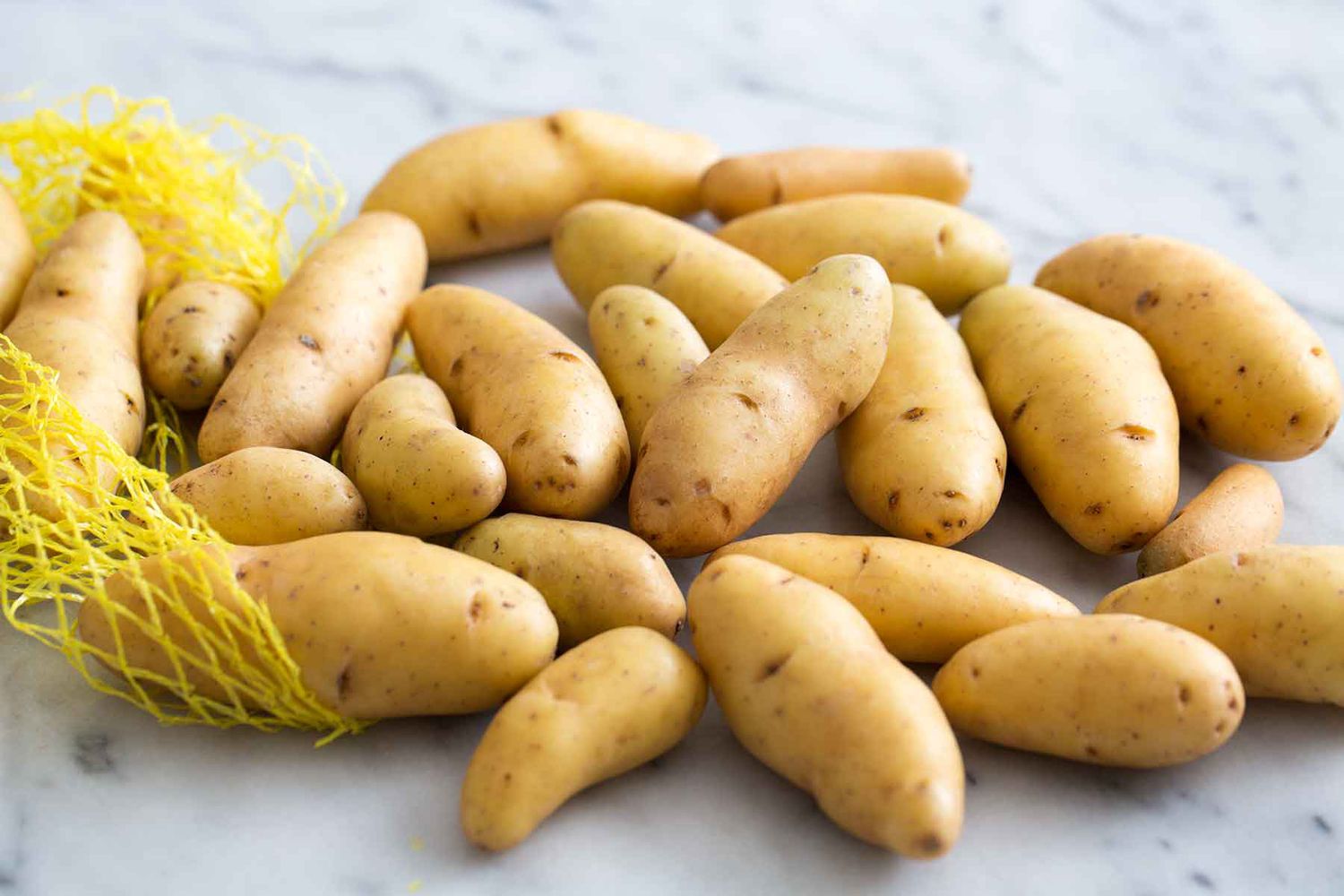
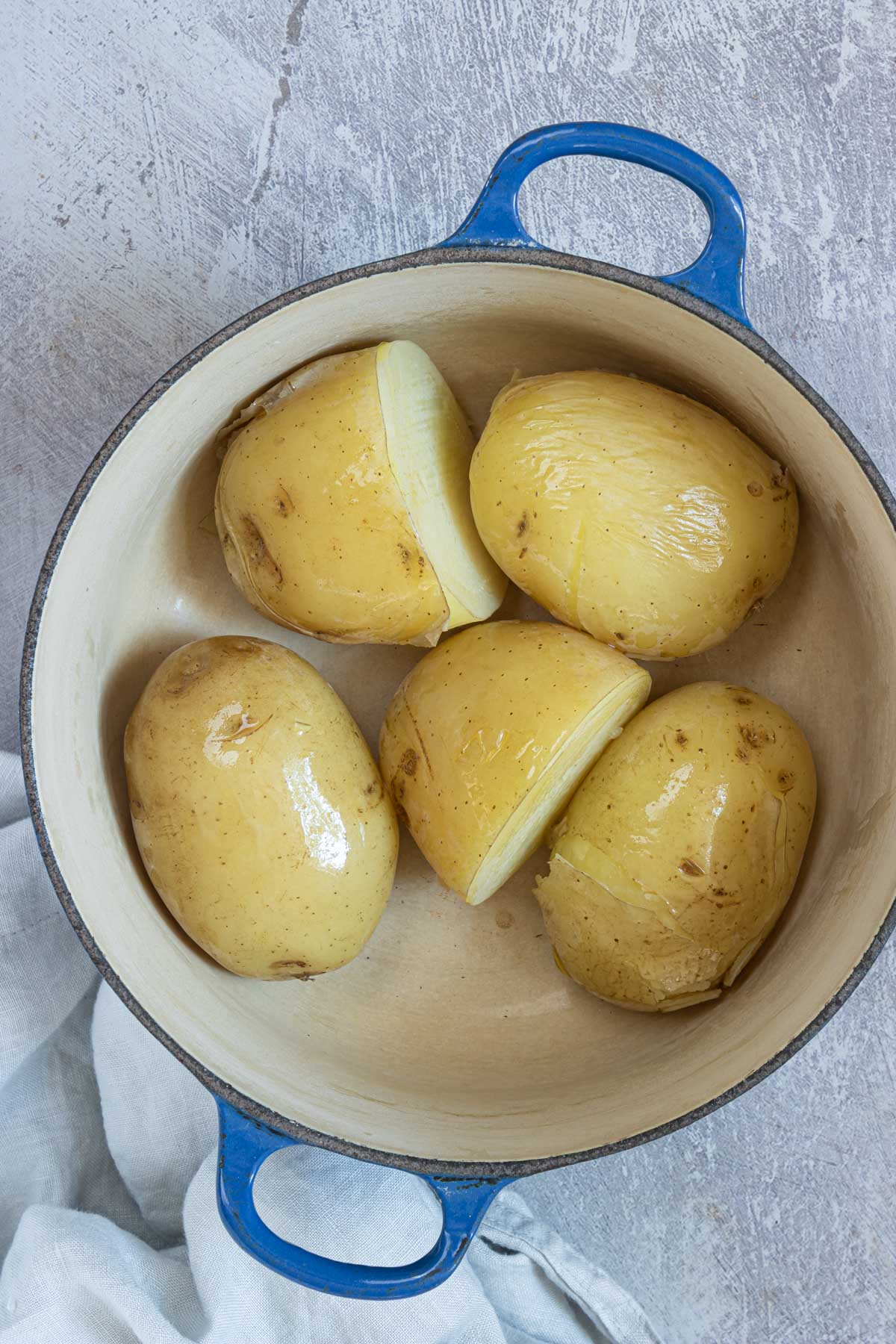
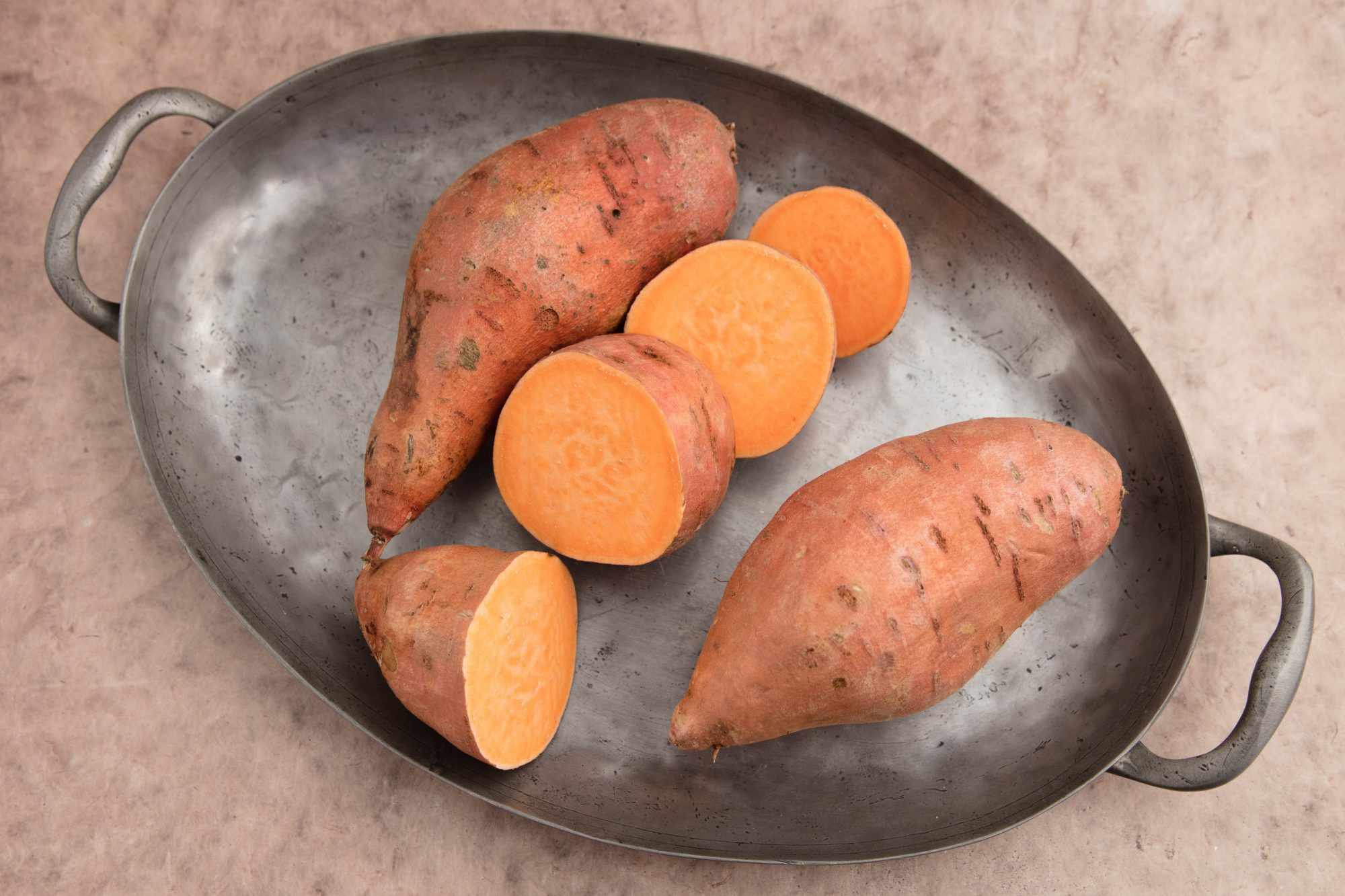
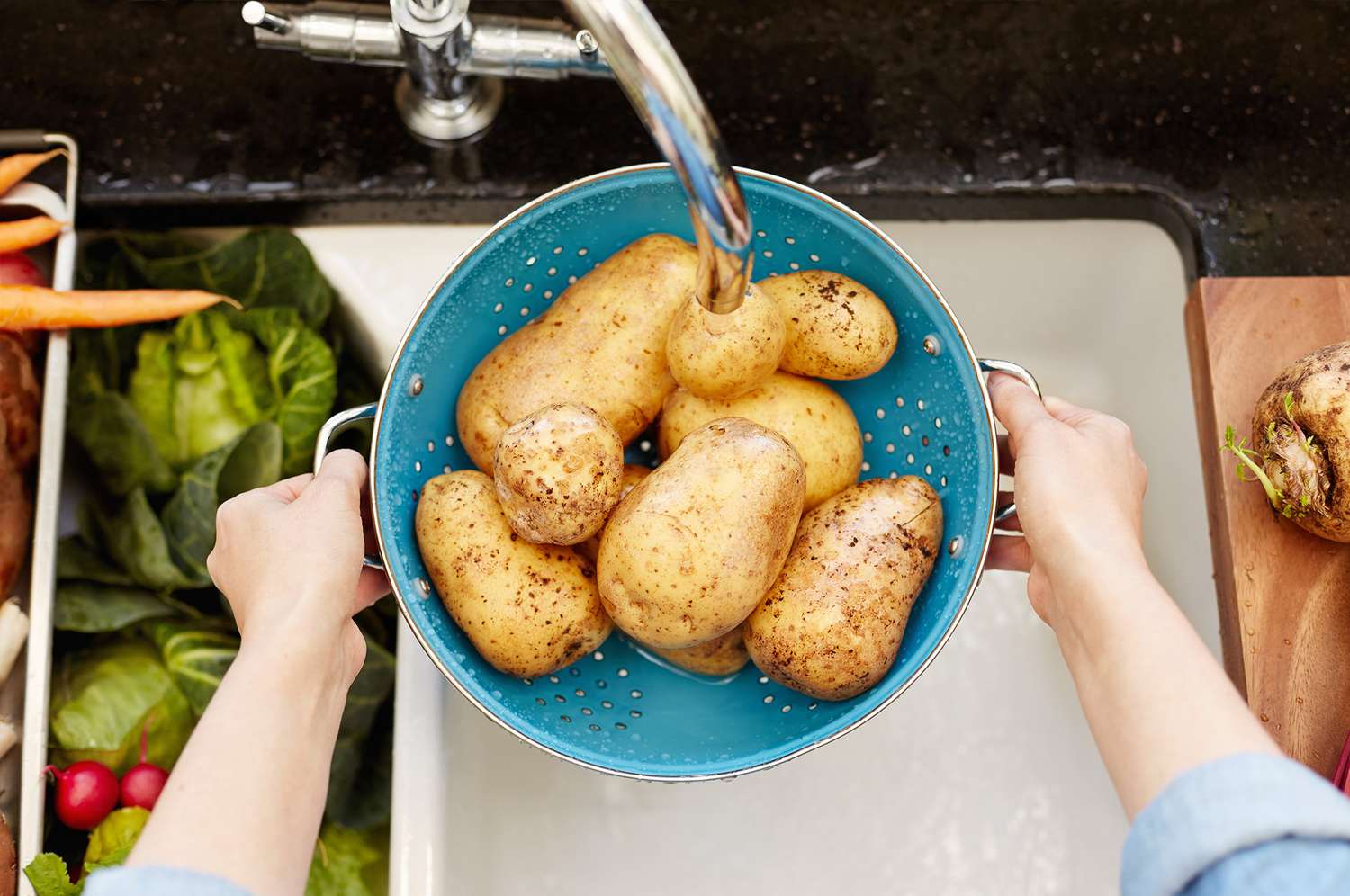
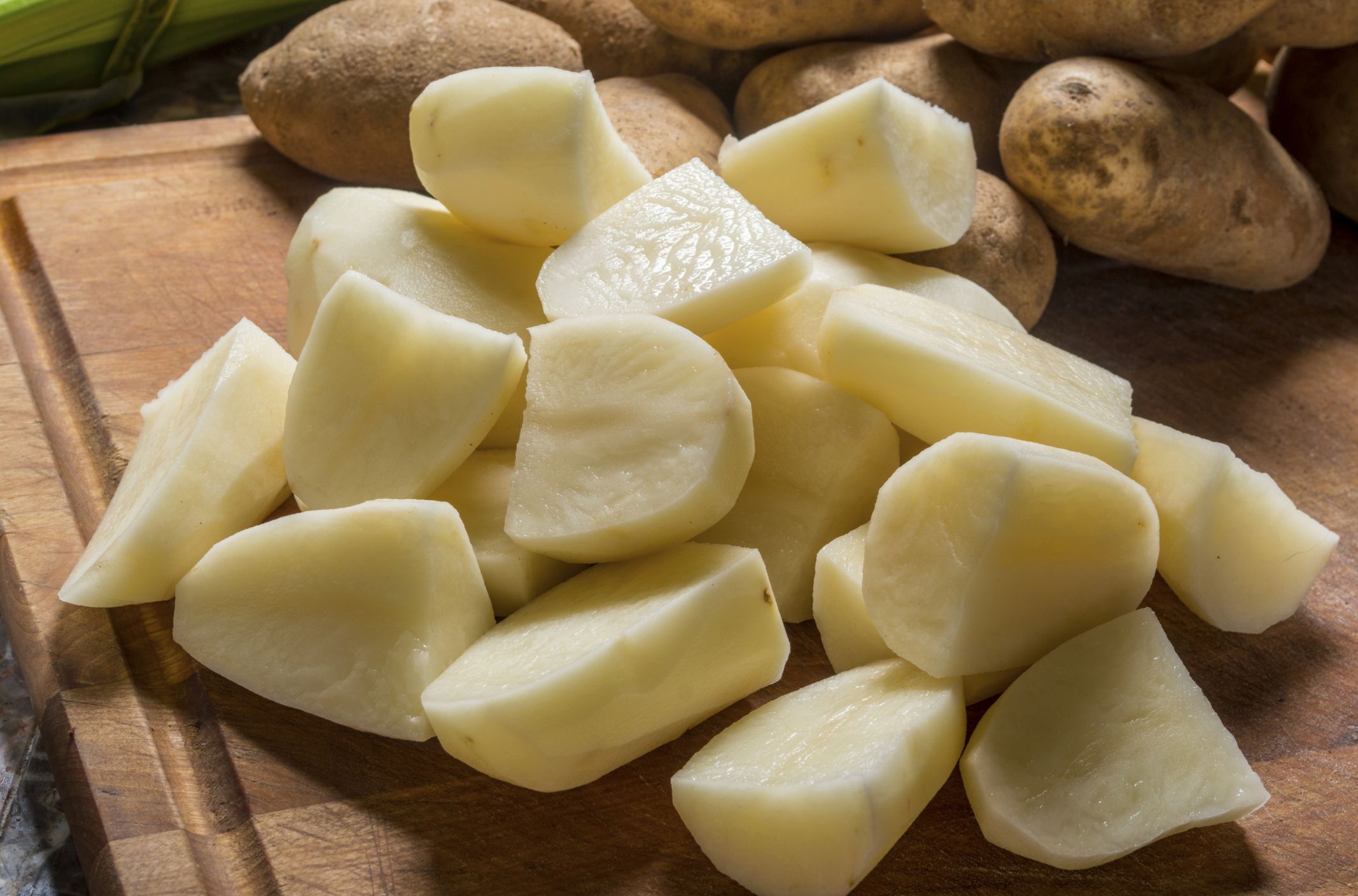
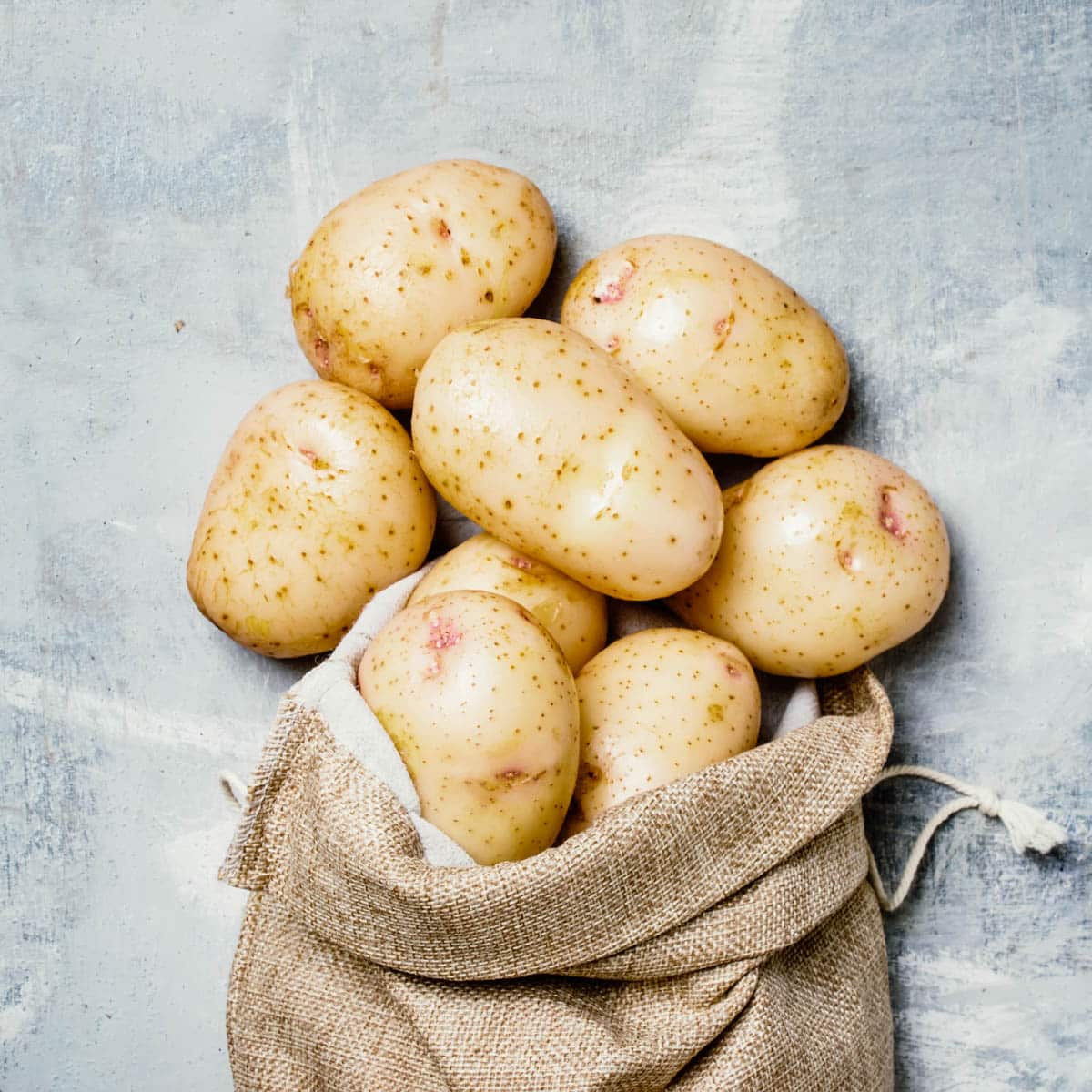
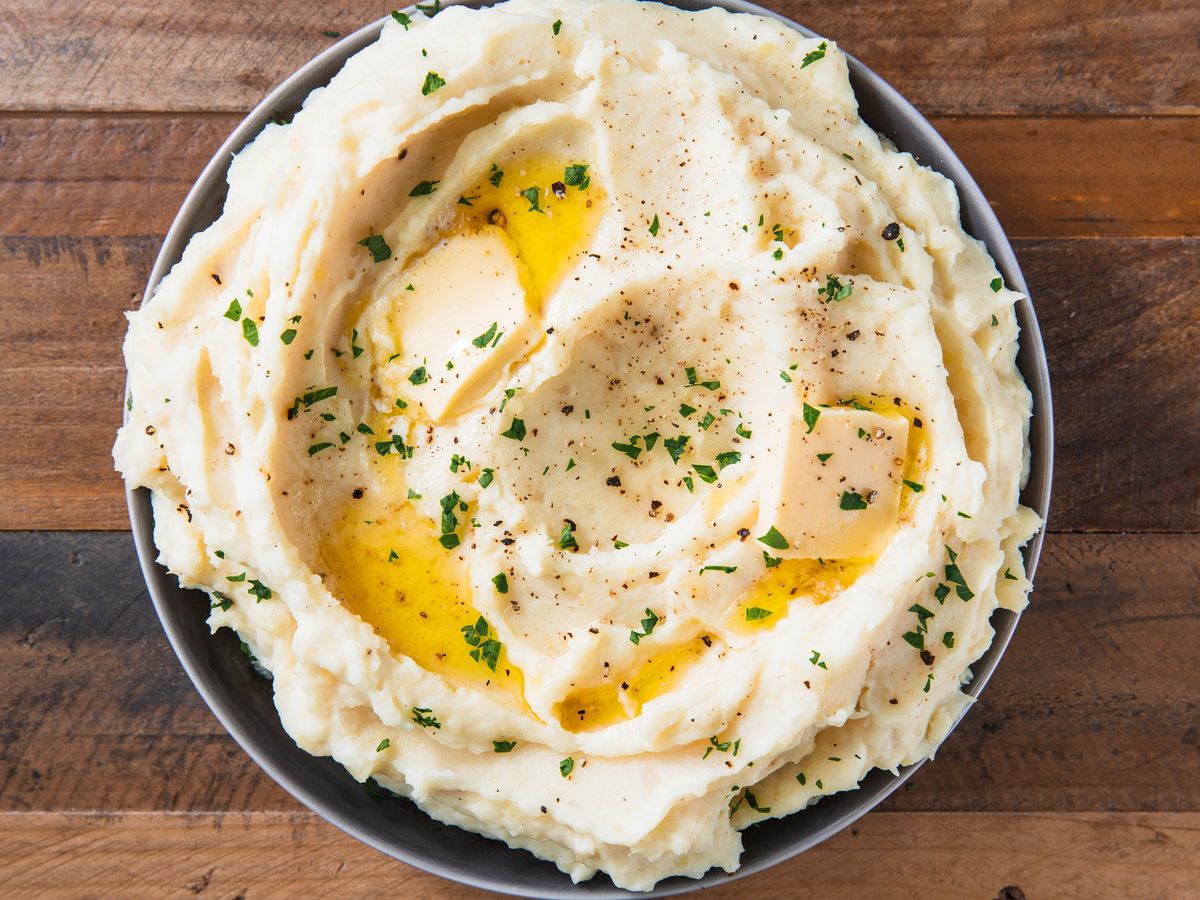
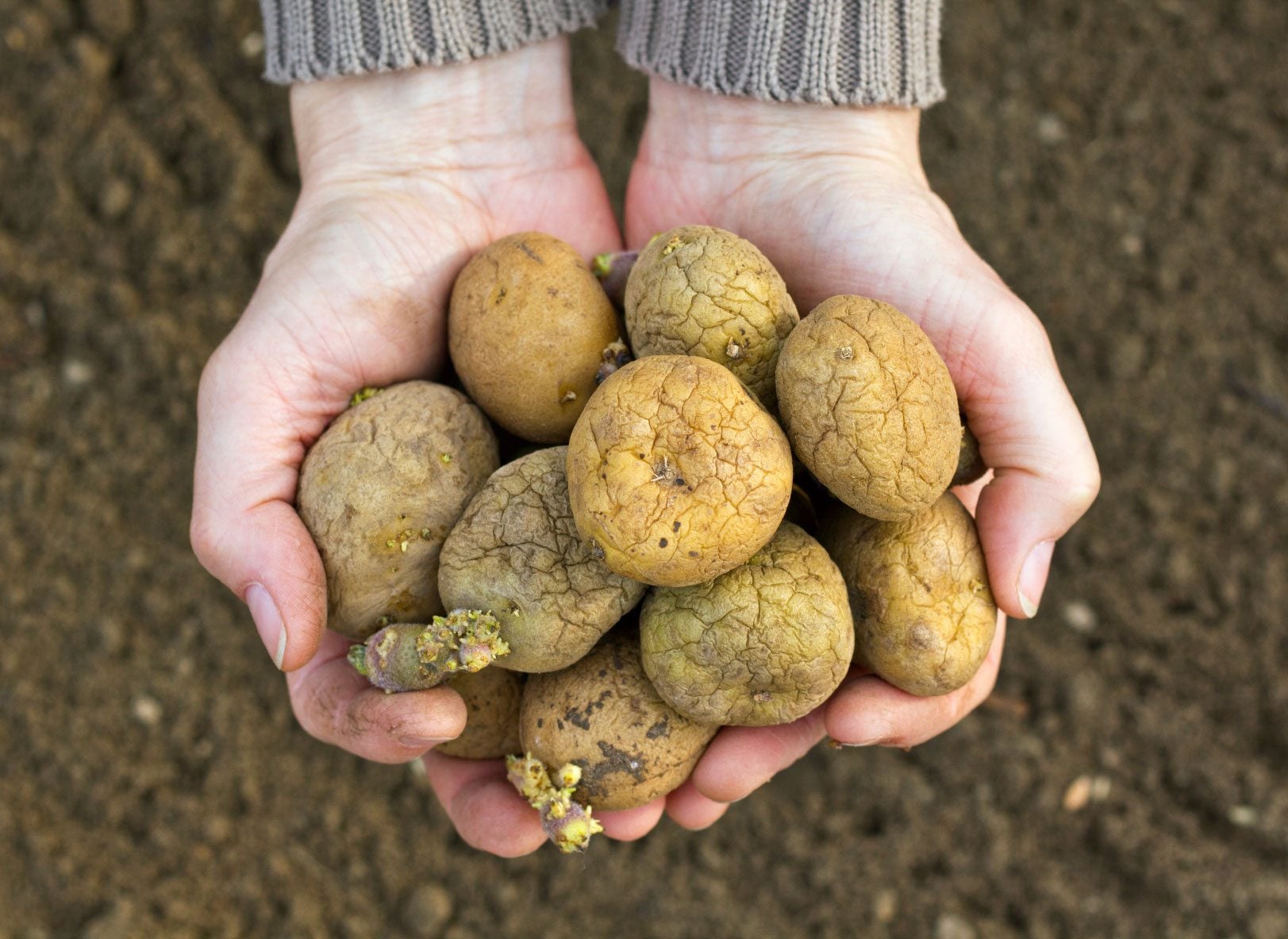
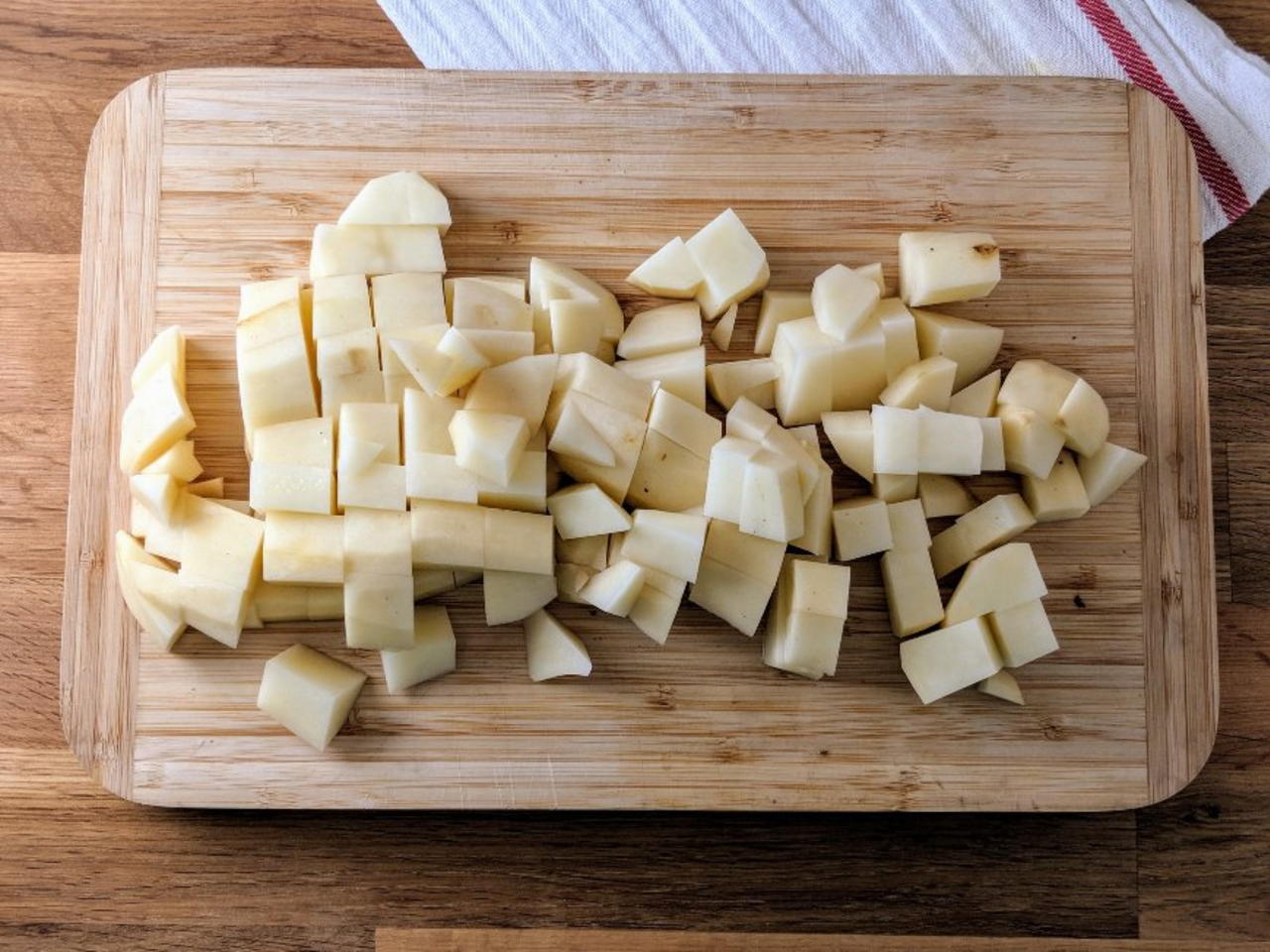
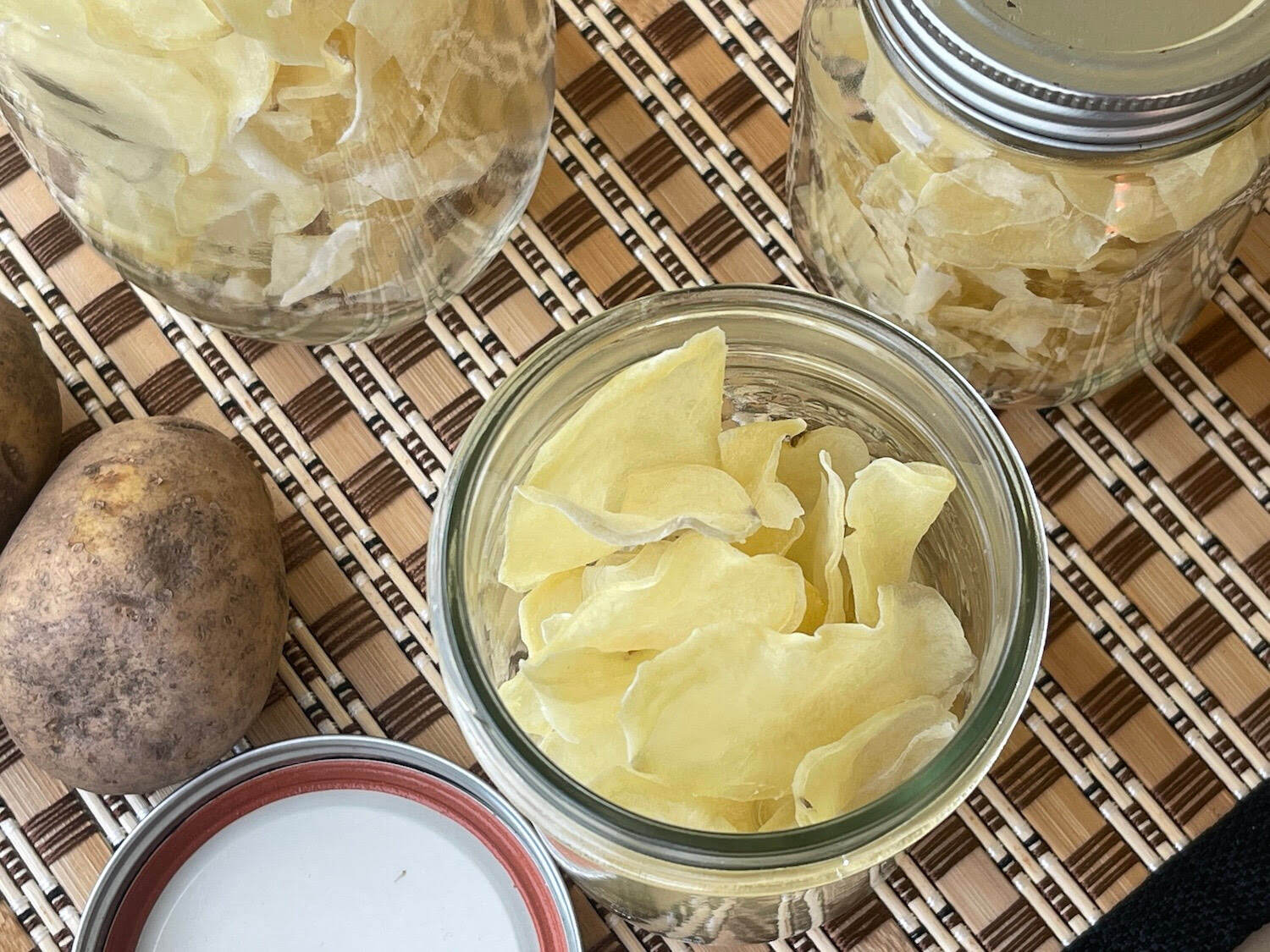
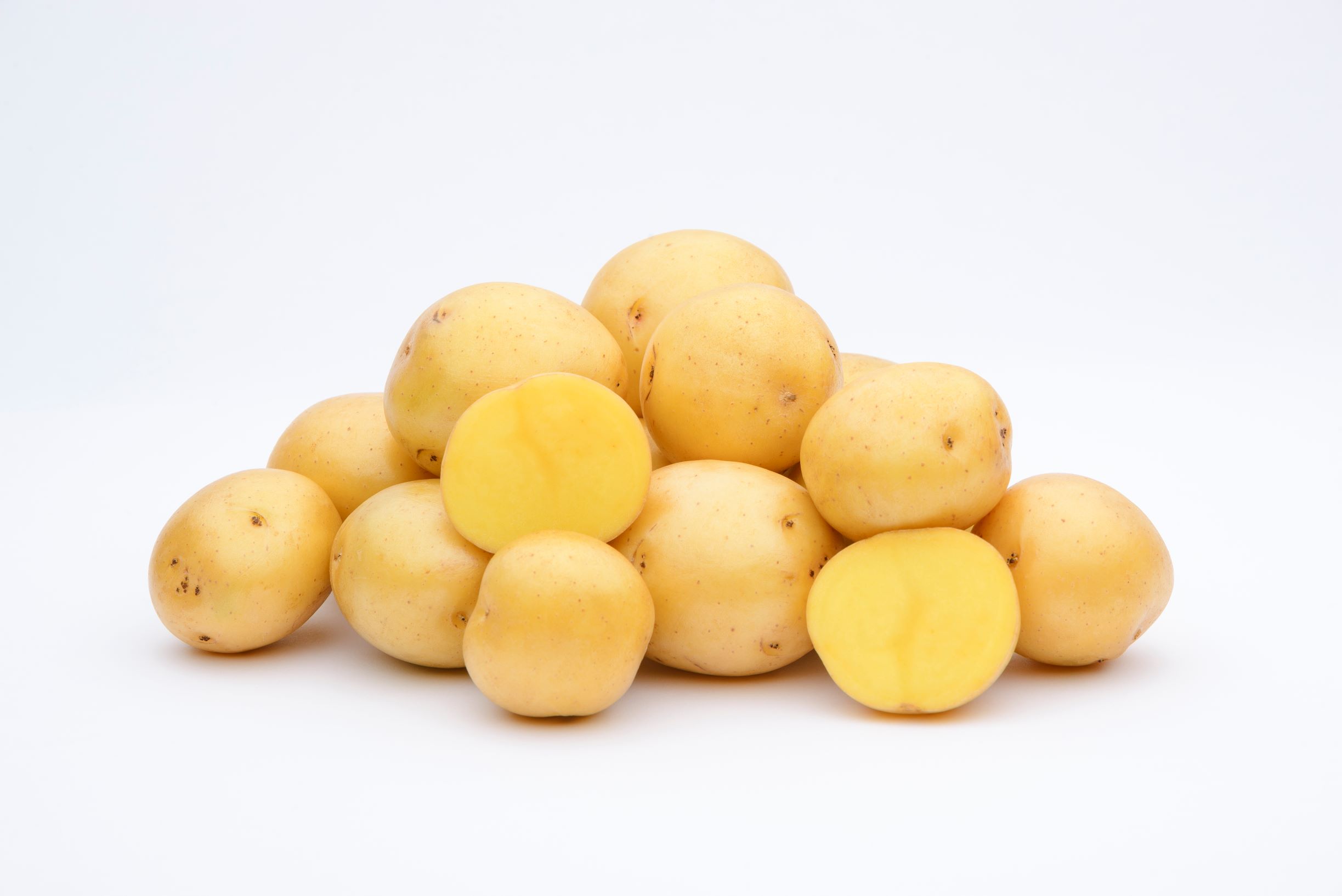

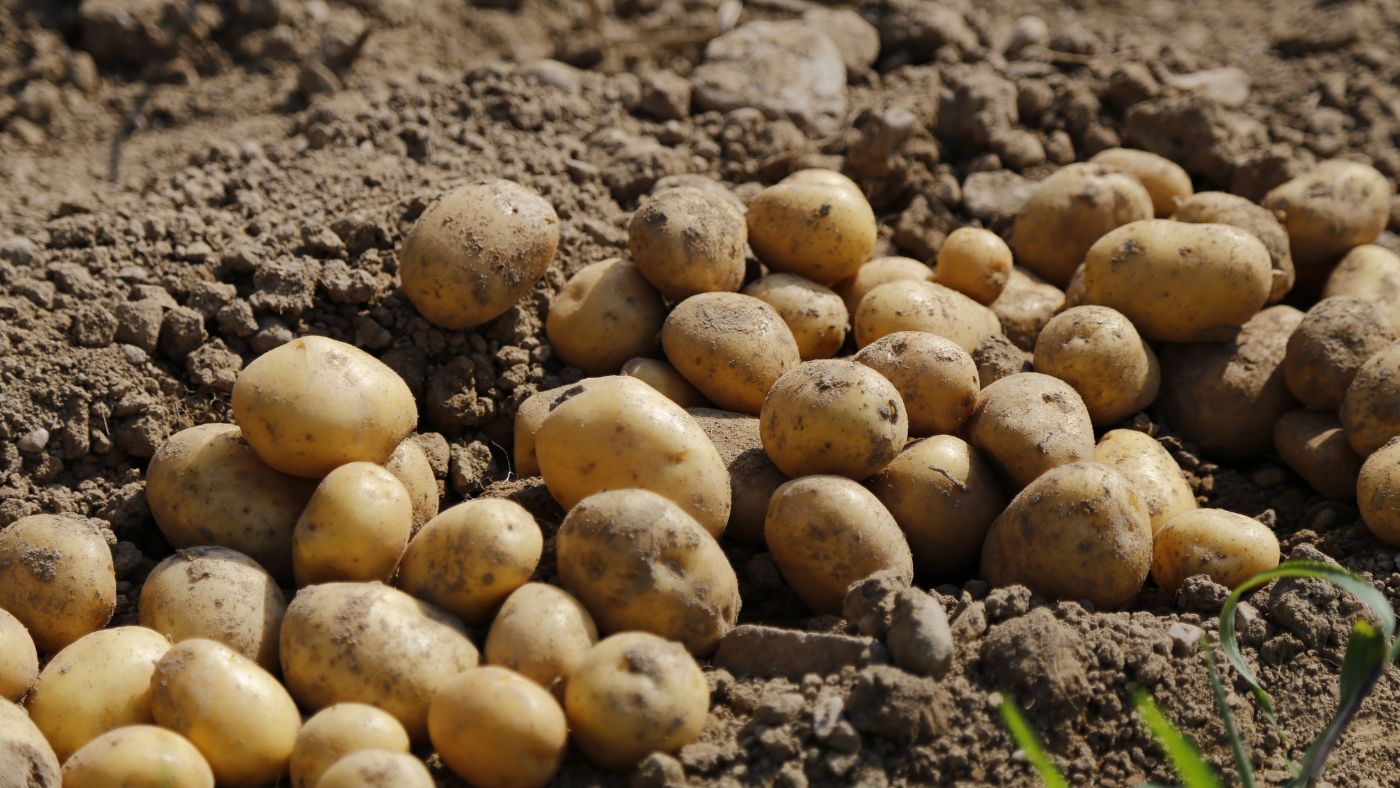
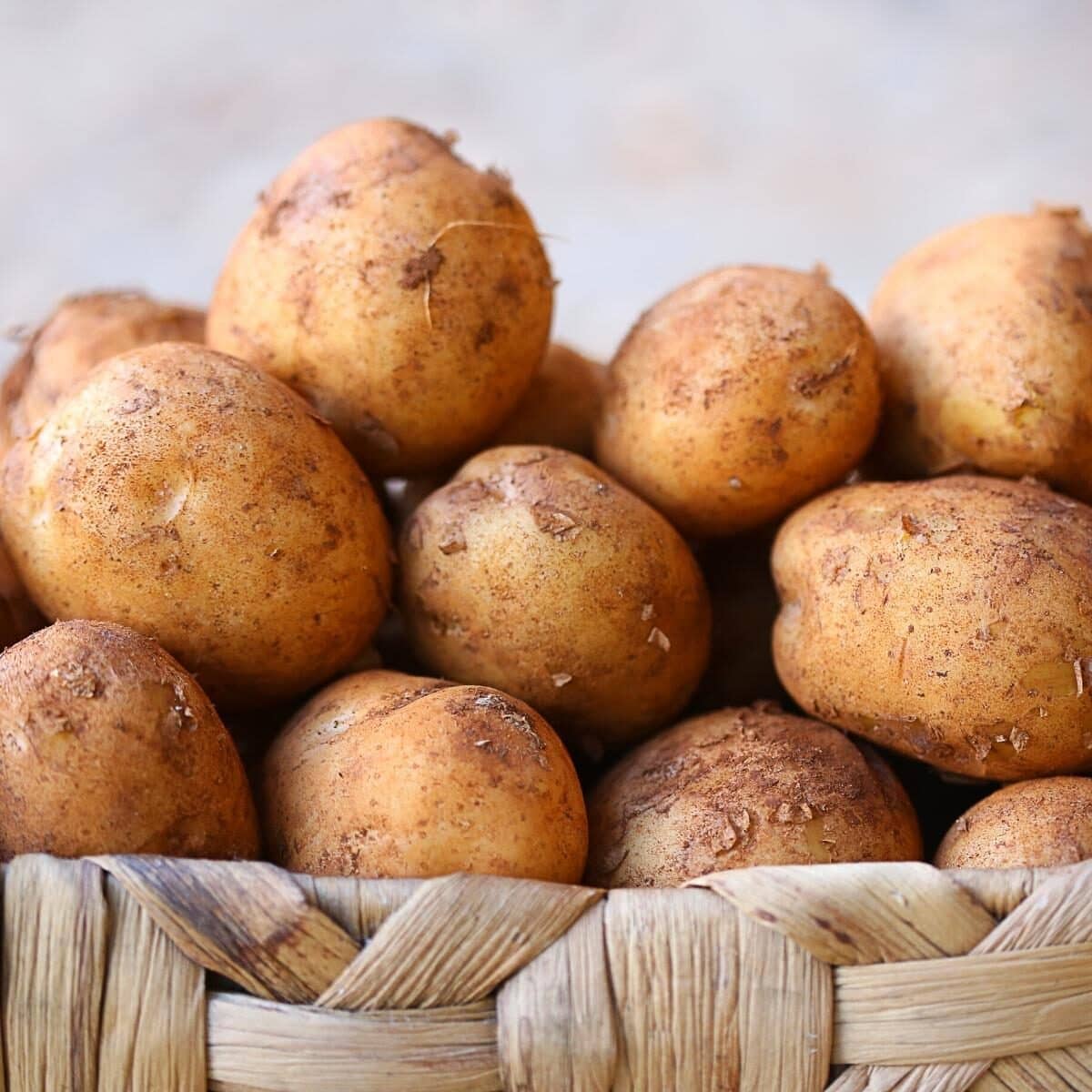

0 thoughts on “How To Store Potatoes”